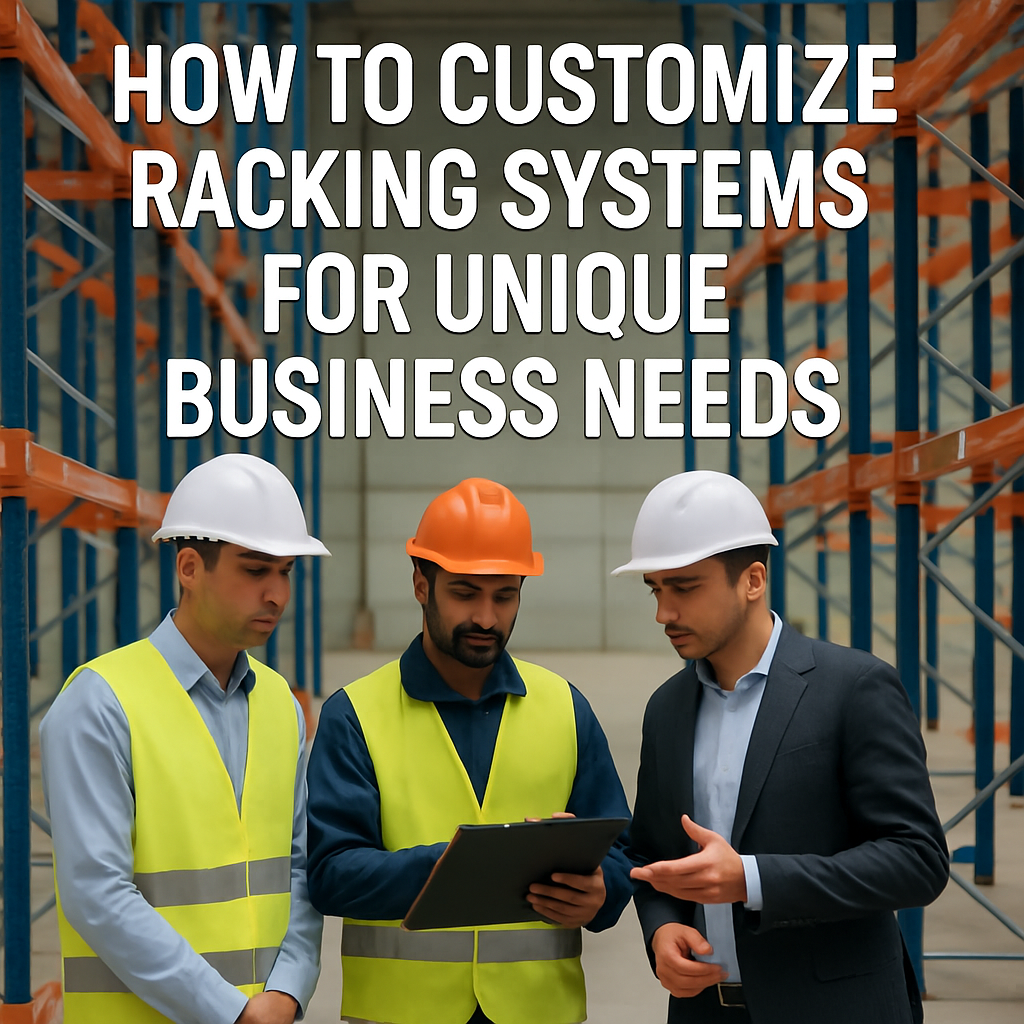
In the UAE’s highly competitive logistics and retail landscape, warehouses are no longer “one-size-fits-all” operations. With industries ranging from e-commerce to oil & gas operating under a single logistics umbrella, the need for customized racking systems has never been more critical. Whether you’re managing pharmaceuticals in Dubai Science Park or bulk construction goods in Jebel Ali, your racking strategy must align with your specific inventory, workflow, and safety regulations.
Here’s how businesses across the UAE can tailor their racking solutions for performance, flexibility, and growth.
1. Understand Your Inventory Profile First
Customization starts by knowing what you store, how you move it, and how quickly it turns over. Are you dealing with:
- Small, high-SKU items (like electronics or cosmetics)?
- Heavy-duty or oversized materials (like steel coils or machinery)?
- Palletized fast-movers that need rapid access?
Each use case demands a different racking configuration, aisle width, and load-bearing spec. Many UAE warehouses make the mistake of using generic solutions—only to suffer inefficiencies, space wastage, and safety issues down the line.
2. Match Racking Design to Your Industry and Workflow
In Dubai, free zones and customs regulations can affect racking layouts. For example:
- Cold storage facilities in Al Quoz require airflow-friendly rack spacing.
- FMCG hubs in DIP benefit from batch picking paths.
- E-commerce businesses in CommerCity need modular shelving for peak season scale-ups.
Customized racking is not just about hardware—it’s about mapping the physical storage to your digital operations, especially if you use a warehouse management system (WMS).
3. Factor in Future Scalability and Reconfiguration
The UAE market changes fast. New SKUs, seasonal demands, and product shifts are constant. A smart racking system must allow:
- Easy expansion or re-slotting
- Reuse of existing components
- Minimal downtime during layout changes
That’s why leading UAE logistics companies opt for modular and reconfigurable racking systems—future-proofing their storage strategy without recurring capital costs.
4. Ensure Compliance with UAE Safety & Fire Codes
Dubai Civil Defense (DCD) and Abu Dhabi’s OSHAD require strict adherence to racking design, especially:
- Fire safety clearances
- Load signage
- Seismic considerations
- Material quality certifications
A custom racking solution must go beyond storage needs—it must align with these mandatory local regulations to avoid costly fines or shutdowns.
5. Partner with a Specialist Who Understands the UAE Market
Generic racking suppliers often miss key regional nuances. A true UAE-based expert understands:
- Municipality approval processes
- Free zone logistics restrictions
- Space challenges in urban industrial areas
- Industry-specific storage needs (like pharma, retail, or energy)
Planet Racking, a leading UAE-based solutions provider, specializes in customized racking designs tailored to your business type, facility size, and operational needs.
Their process includes:
- On-site assessments
- CAD-based layout planning
- Safety & compliance consultations
- End-to-end installation and after-sales support
Final Takeaway
In a market as fast-moving and diverse as the UAE, customizing your racking system isn’t an option—it’s a necessity. Businesses that tailor their warehouse infrastructure to their unique operational needs gain a clear advantage in space usage, cost efficiency, and scalability.
If you’re planning a new facility or rethinking your existing layout, now is the time to invest in a racking system that’s built around your business—not the other way around.